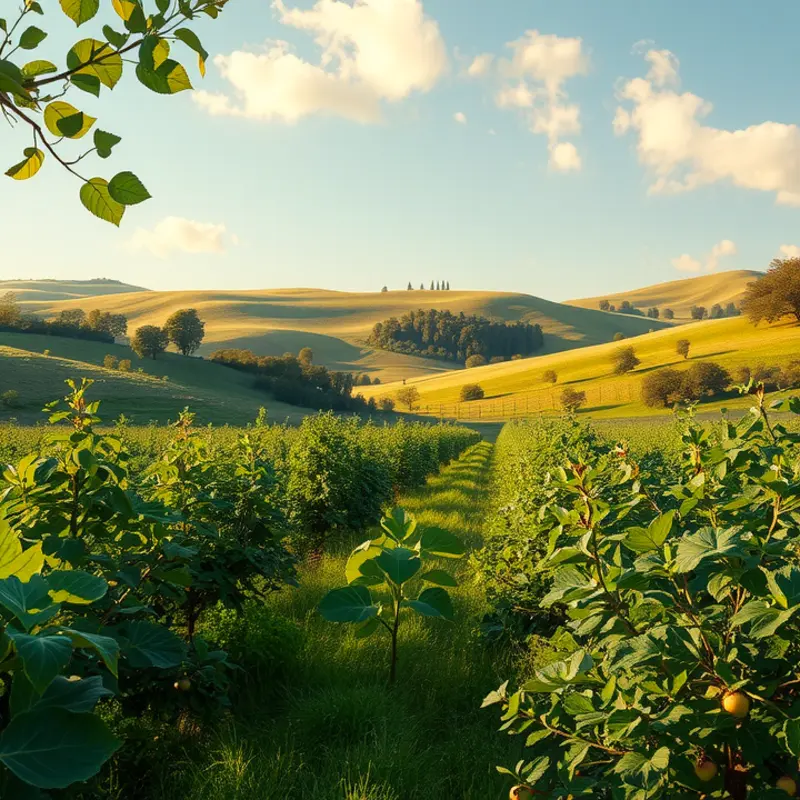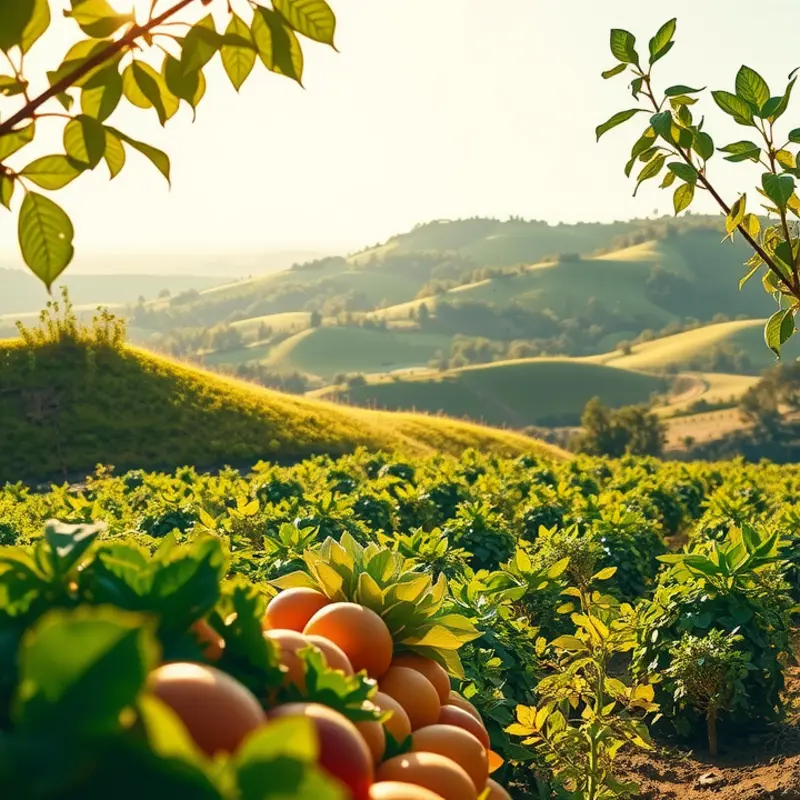Cooking with fire has been an integral part of human culture and cuisine since the dawn of civilization. From the smoky aromas of barbecue in the southern United States to the traditional feasts prepared in clay ovens across the Middle East, fire serves not just as a cooking method but a cultural cornerstone. This exploration reveals how different societies celebrate this elemental force in their food, and how it shapes flavors, traditions, and community bonds around the globe.
The Art of Fire Cooking: From Charcoal to Flames

Fire, in its primal essence, is the heart of many culinary traditions. Grilling is perhaps the most universal method of cooking with fire. It embodies the raw energy of flames turning simple ingredients into gustatory marvels. In places like Argentina, grilling is elevated to an art form with the asado, a social gathering revolving around open-flame cooking of meats. Here, beef ribs and sausages imbibe the smoke, gaining a flavor that electric grills cannot replicate.
Smoking, another fire-driven technique, transforms food beyond the foundational flavors. Indigenous cultures, from Native Americans to Siberian tribes, have long used smoking to preserve and flavor meats and fish. A smoked salmon, gently infused with alder wood smoke, whispers stories of ancient methods meeting modern palates.
In India, the tandoor oven—a cylindrical clay oven—harnesses intense heat to elevate dishes to ethereal heights. The tandoor reaches temperatures upwards of 900°F, sealing in moisture, allowing naan to blister and chicken tikka to caramelize to perfection. This technique is not just about cooking; it’s a culinary dance where heat, time, and ingredients perform in harmony.
Similarly, consider the ancient Japanese art of robata grilling, where fish is cooked over charcoal at different temperatures. The process, rooted in Japanese fishing villages, involves meticulous heat control and timing, showcasing the reverence for simple, fresh ingredients enhanced by charred accents.
Beyond techniques, cooking with fire is intrinsically communal, creating connections that resonate as deeply as the flavors themselves. In Brazil, a churrasco or barbecue is a beloved tradition, where families and friends gather, eagerly anticipating skewered meats turning over the flame. The sizzle is more than a sound; it’s a communication, signaling the time to feast and bond.
In Italy’s countryside, wood-fired ovens are integral to making authentic pizzas and breads. These gatherings aren’t mere meals—they are shared experiences, encapsulating the warmth of familial bonds and age-old traditions passed through generations. The oven’s heat brings together neighbors and families, its flames casting warmth on conversations as much as on dough.
The resurgence of open-fire cooking among chefs worldwide pays homage to these traditions while innovating within their frameworks. This movement, with roots in sustainability and authenticity, brings people back to nature, stripping away modern distractions. The shared experience of cooking and eating from flames strengthens communal ties and celebrates culinary heritages.
For those curious about sustainable cooking methods that resonate with these traditions, exploring eco-smart kitchen storage can provide an insightful parallel, reducing waste while embracing ancestral practices.
Ultimately, the fire’s embrace is more than a method; it’s a portal to shared histories, flavors, and friendships, teaching us to appreciate simplicity and connectivity, one charred masterpiece at a time.
Cultural Feasts: Celebrations Built Around Fire

Fire, a universal symbol of transformation, often lies at the heart of global celebrations. It is a pivotal instrument in culinary rituals, binding communities through shared traditions. In the United States, the Thanksgiving turkey is a testament to such a tradition. The bird, roasted to perfection, is not just a meal; it’s a narrative of gratitude and resilience. As families gather around the dinner table, stories of ancestors are shared, connecting the past with the present through the warm glow of the hearth.
Across the ocean, in the bustling streets of Southeast Asia, fire illuminates vibrant markets. Here, vendors wield skillets over flickering flames, crafting dishes that sing with flavor. Fire dances beneath woks, creating quick, aromatic meals that capture the essence of local culture. In Thailand, street food is a celebratory affair where fire-cooked meals become a unifier, inviting tourists and locals alike into an intimate culinary dance. Street food not only fuels the body but also creates an emotional tapestry between chef, dish, and diner.
In Argentina, the asado, or barbecue, is a revered art form. Large cuts of beef, slow-roasted over smoldering coals, are central to gatherings that embody camaraderie and warmth. This communal cooking process reflects a deep-seated Argentine tradition. As families and friends assemble, the fire becomes a focal point around which stories of old and new mingle. Each asado celebrates heritage and identity, resonating far beyond the palate.
In some cultures, the use of fire extends to spiritual dimensions. In India, fire is central to Hindu wedding ceremonies. The sacred flame symbolizes divine witness and marital commitment. While the fire burns, a feast is prepared, often featuring flavors steeped in tradition and spices that signify love and prosperity.
In Australian Indigenous cultures, fire is both a means of sustenance and a spiritual force. Traditional earth ovens, known as ‘kup murri’, involve heated stones to cook banquets that bring clans together. This ancient method is more than cooking; it is a practice that honors ancestors and sustains cultural knowledge.
Such diverse practices highlight that the embrace of fire in cooking is intertwined with cultural heritage, transcending mere function to celebrate identity and community. These traditions reflect our shared humanity, bringing to life stories that span generations. For more insight into how diverse culinary practices influence identity, visit Culinary Influences from Trade and Exploration. In embracing fire’s warmth, these gatherings nurture beyond nourishment, crafting unforgettable moments etched into the fabric of human history.
Final words
The act of cooking with fire transcends mere meal preparation; it’s a lens through which we can view cultural identities and shared histories. Across the globe, fire represents warmth, community, and timeless recipes passed down through generations. Embracing this elemental cooking method not only enriches our dining experiences but also fosters connections to the culinary traditions that define various cultures. The next time you gather around a fire for cooking, let it remind you of the countless chefs and generations who have done the same, keeping traditions alive with every flame.








